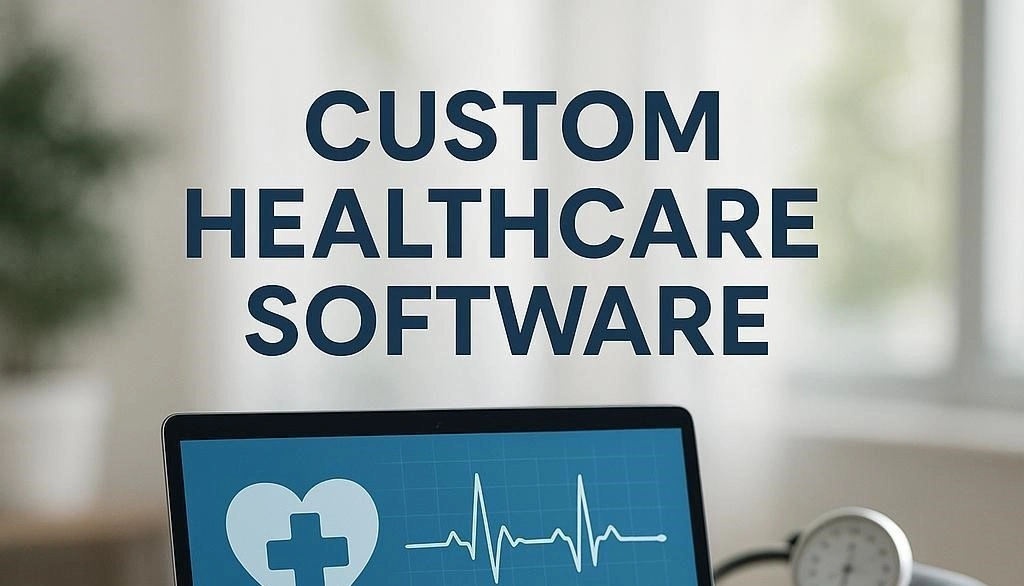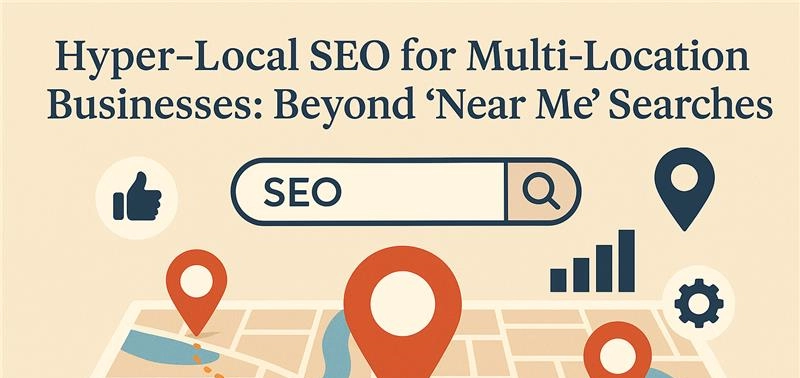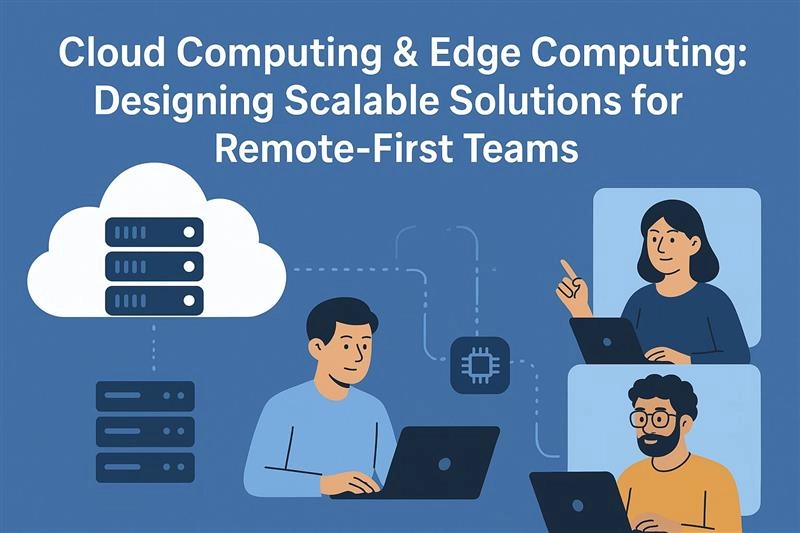Custom Healthcare Software: Enhancing Patient Care & Data Security
11 Nov 2025Technology has transformed nearly all sectors. Healthcare is no different. Now, hospitals, clinics and even home-care services are dependent on computer tools for treating patients more efficiently and quickly. But the reality is, not all healthcare organisations are the same. That's where custom healthcare software plays a role.
Rather than applying off-the-shelf tools, bespoke software is designed specifically for a hospital, clinic or practice. It assists doctors, nurses and patients in ways that are appropriate to their everyday work. It assists in reducing mistakes, saving time and enhancing security around confidential patient records.
Let us deconstruct how customised healthcare software enhances patient care and healthcare data safety, in plain words.
Current Challenges in Healthcare IT
Healthcare systems everywhere have the same challenges:
-
Fragged & outdated systems
Most clinics still maintain old programs that do not speak to each other. Patient histories may be in one system, appointments in another and lab tests elsewhere. This leads to delays and more mistakes.
-
Data breaches
Medical data is extremely valuable to cybercriminals. Personal and financial information can be gotten away with by hackers if a clinic system is poorly secured. This puts patients at risk, which is why healthcare data security should be prioritised.
-
Regulatory compliance regulations
Healthcare organisations must comply with legislation such as HIPAA in the US or GDPR in the EU. Adherence may be tricky through generic software.
-
Growing demand for telehealth
Patients prefer online consultations as they are safe and convenient. However, not all clinics have reliable and secure telehealth software for remote monitoring, electronic prescriptions or video visits.
Because of these issues, the healthcare industry needs smarter and safer technologies that support their complex workflows.
Key Features of Custom Healthcare Software
Custom healthcare software addresses real-world challenges with patient care technology. Some of the most effective features include:
-
Interoperable Electronic Health Records (EHR)
This implies all patient information remains in one location and can be easily shared among doctors, labs, pharmacies and hospitals. Improved information results in improved decisions about treatment.
-
Remote Monitoring & Telehealth
Patients have constant access to doctors through video calls. Doctors are alerted by wearable devices when needed, so heart rate, oxygen saturation, and other parameters can be monitored continuously.
-
Appointment Scheduling & Billing
Reminders in automation are helpful in reducing the rate of no-show appointments. Billing and claims for insurance can be processed without problems related to paperwork.
-
Patient Portals with Ease of Use
Patients can see test results, download prescriptions, and send messages to their care providers securely.
-
Data Analytics
Hospitals can study patient trends, monitor chronic diseases and improve hospital operations using real-time insights.
-
Mobile Access
Physicians can review records on tablets during rounds. Patients use smartphone apps to monitor medication and progress.
These characteristics collectively make treatment easier and more intimate.
Role of Cybersecurity & Compliance
Sensitive personal and medical information is processed by healthcare software. Therefore, the strongest security of healthcare data is very important. Custom software gives healthcare workers the chance to add security features such as:
✔ Encryption – Data is made unreadable even if it is stolen
✔ Multi-factor authentication – Only authorised personnel can access the information
✔ Regular security audits – Weaknesses are found and fixed
✔ Secure backups – Data is available for recovery in the event of any disaster
High security not only ensures patient confidentiality but also creates trust. Patients are more comfortable when they realise that their data is secure, so they are more likely to use digital health services with less hesitation.
Case Study: How Trawlii Consolidated Lead Management for Clinics
Most healthcare clinics employ several digital tools on a daily basis. For instance:
- Calendly for scheduling appointments
- CallRail for call and marketing lead tracking
- Other CRM platforms to carry out patient follow-ups
The catch?
All this data remains fragmented across various locations. Employees spend time toggling between software, and at times, crucial leads end up being skipped.
An expanding cosmetic clinic joined forces with Trawlii to address this issue. Trawlii developed a tailored lead management and integration solution that brought data together from Calendly, CallRail and other software into a single secure dashboard.
Post-implementation, the clinic attained:
✅ 40% quicker response time to new leads
✅ Fewer missed leads since every query appeared in one location
✅ Improved tracking of where leads were generated (ads, calls, website, etc.)
✅ More conversions from inquiries to bookings
✅ Employees saved hours by not having to do manual data entry
Physicians and front-desk staff were able to easily view each patient's pathway — from initial inquiry to booking and follow-ups after the visit. This increased the clinic's revenue while enhancing patient experience.
Planning & Implementation Tips
In case your healthcare organisation thinks of software development in-house, there are some good steps to follow:
- Identify the most significant issues – Which problems are the software meant to solve right away?
- Take doctors and nurses into account from the very beginning – They know the workflows the best.
- Find a good tech partner – Experience in the healthcare sector is very important.
- Give compliance the highest priority – Make sure the solution is following the laws and regulations that apply.
- Start with a small-scale and slow-to-apply method – First, deploy the most important features and then add more as needed.
- Make the staff of the organization totally trained – The smooth transition is very important.
Custom software is a big investment, but it is also a long-term source of benefits: Better patient satisfaction, less workload on staff, and better data security.
Ready to create next-generation, secure and patient-centred healthcare solutions?
Trawlii can assist you in designing and delivering custom healthcare software that meets your specific requirements.




